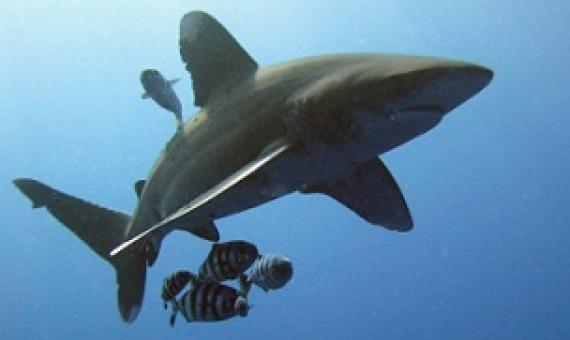Oceania Humpback Whale Recovery Plan : Final draft June 2011
Oceania’s humpback whales are of global conservation concern having recently been re‐
classified from “Threatened” to “Endangered” by the International Union for the Conservation
of Nature (IUCN). Although humpback whales in many parts of the world are showing
encouraging signs of recovery from past exploitation, the small breeding populations in the
South Pacific Islands region remain vulnerable to extinction.Online only|References from 38-43Call Number: [EL]Physical Description: 47p. : maps, tables









